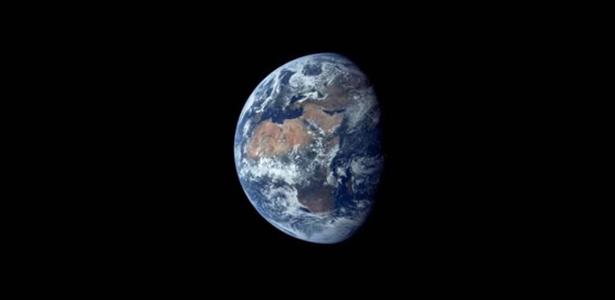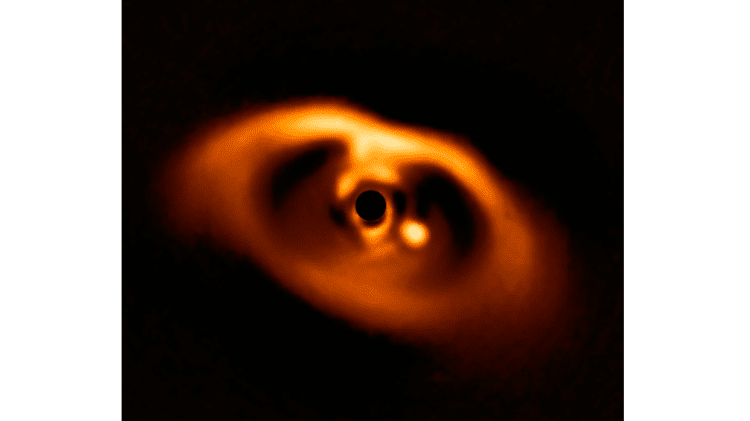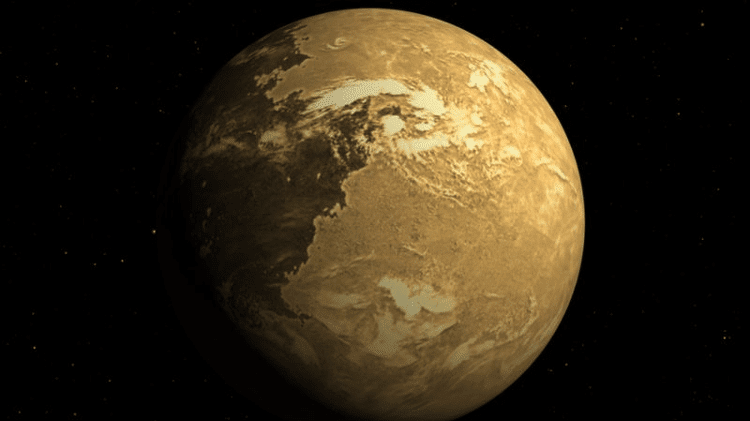The formation of the Earth is considered an unusual phenomenon by scientists. So much so that they have devoted themselves, for some time, to discovering whether the chain of events that allowed the creation of our planet has indeed been repeated in some corner of the universe.
To date, astronomers around the world have already found 4,508 objects in space that could be exoplanets. 919 of them have been confirmed: they are indeed exoplanets. Of those, 69 are super-Earths (planets larger than Earth) and 12 are super-Earths (just like Earth and Mars, for example, have a solid surface).
As you can imagine, these 81 planets closest to what might be called “Earth brothers” show no signs of harboring life – in many of them, this possibility has already been completely ruled out.
Examples of exoplanets moving the scientific community are those in the solar system Gliese 581, located 20 light-years from Earth, where four planets orbit a red dwarf star. One of them, Gliese 581 c, was the first potentially habitable exoplanet found in history.
Its orbit around the red dwarf is located in a region similar to that of the Earth in relation to the Sun, that is, it is located in a habitable zone. Today, after analysis, it was discovered that Gliese 581 c is too hot to support life like Earth. Therefore, all attention is focused on Gliese 581 g: according to research, it is also located in the habitable zone. If it is a planet with a rocky surface, like Earth, it may contain liquid water – a major catalyst for the emergence of life.
Although we have found fewer than 100 Earth-like planets, there may be at least 17 billion of them in the Milky Way alone (!), according to calculations by astrophysicists at Harvard University in the United States. If we extend the search to any type of planet (such as gas-like planets in the solar system), the numbers go up to about 100 billion.
Pop star astronomer Carl Sagan has gone further. From the Drake equation (a pioneer in the research of life on other planets), Sagan estimated that in the Milky Way, at this moment, there may be a million civilizations that have the technology to communicate with us. There are already laboratories analyzing radio waves coming from space and from other planets, but so far, nothing has been officially found.
Searching for Planets: Mission Almost Impossible
The search for planets, habitable or not, is very difficult. Unlike stars, which emit their glow over huge distances, planets don’t emit light – except when they are young and hot. In addition, it is very far from the solar system, and powerful telescopes are needed to locate it. To make matters worse, the brightness of the stars around which they revolve overshadowed them.
To get an idea of this search by needle in a haystack, finding a planet in space is like being in Boston, a city in the eastern United States, and finding a fly orbiting a light column in San Diego on the West Coast more than 4 km away. thousands of kilometers.
What is a habitable planet?
Scientists consider several factors to classify a habitable planet according to Earth’s standards.
First of all, you must have an atmosphere: it is greenhouse gases that maintain the heat necessary for surface waters to always remain in a liquid state. The magnetic field is necessary to protect the atmosphere from destruction by stellar winds.
You also need a stable axis of rotation, a gravitational field strong enough so things just don’t fly, and a distance from the nearest star very similar to the distance between the Earth and the sun.
Sources: Diverse Book of Scientific Experience, by Carl Sagan, Planet Quest Sites – Searching for Another Land, supervised NASA; Habitable Planetary Laboratory, University of Puerto Rico, Arecibo; Harvard-Smithsonian Center for Astrophysics; Space.com and Nasa.gov.

“Prone to fits of apathy. Problem solver. Twitter buff. Wannabe music advocate.”



![[VÍDEO] Elton John’s final show in the UK has the crowd moving](https://www.tupi.fm/wp-content/uploads/2023/06/Elton-John-1-690x600.jpg)




More Stories
Anita displays Christmas decorations in a luxury mansion in the United States
The Fast and Furious actor was arrested in the United States
[VÍDEO] Elton John’s final show in the UK has the crowd moving